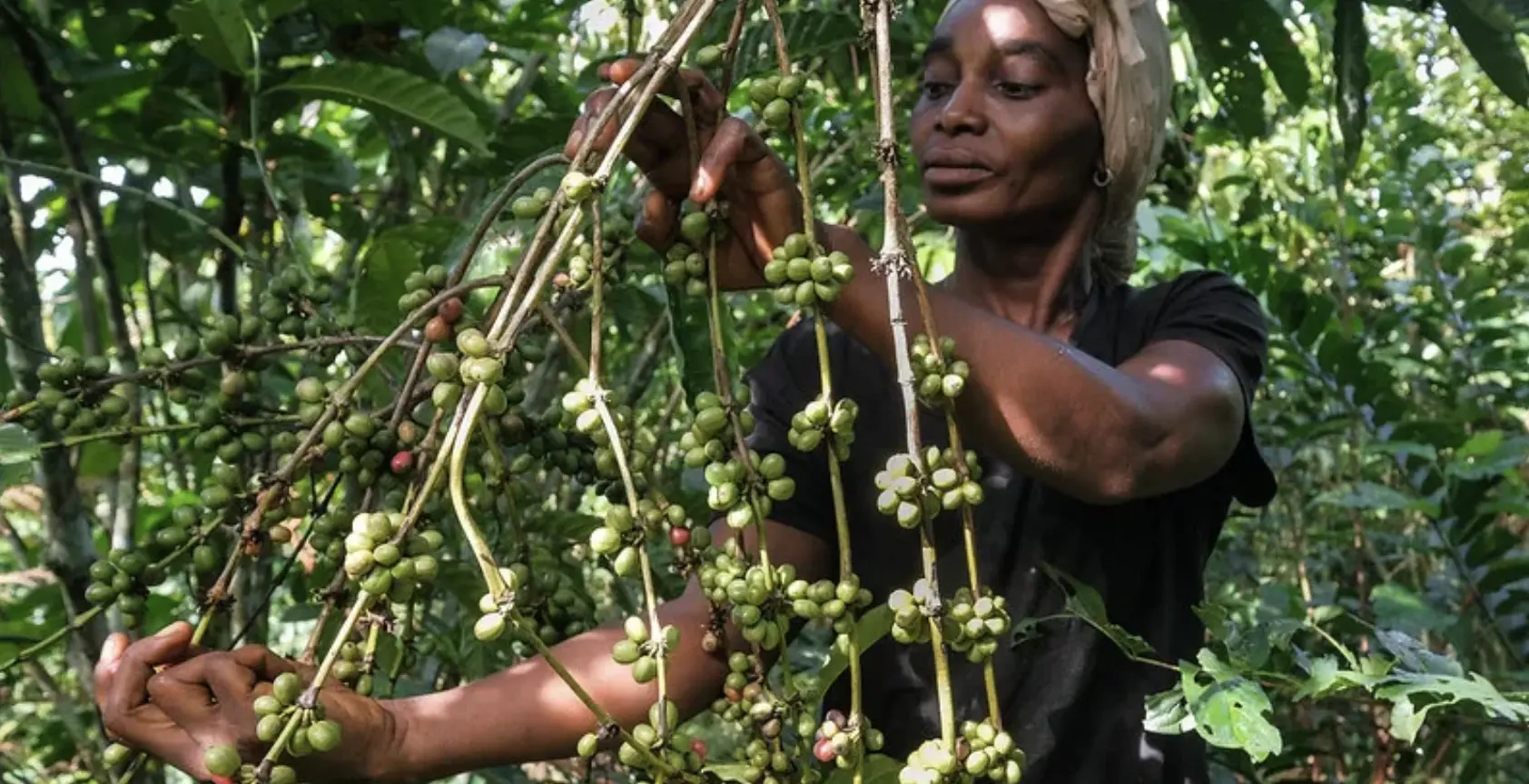Good soil management benefits climate and biodiversity without reducing yield, experts say
As global food production expands to keep pace with a growing population, industrial nitrogen for fertilizer increasingly contributes to both greenhouse gas emissions and pollution of aquatic ecosystems.
Agroecology can help tackle both problems by improving soil health while reducing the use of synthetic fertilizers and the emissions they produce, according to experts at the Agroecology Europe Forum 2023, which brought together some 50 researchers, farmers, and others involved in the agroecology movement.
The forum, held on November 16-18 in Budapest, Hungary, included a workshop on agroecological approaches to nutrient use and soil health management, with examples from Europe, Africa, Asia, and Latin America.
“Food systems are responsible for about a third of greenhouse gas emissions, so food system transformation is fundamental to tackling climate change,” CIFOR-ICRAF senior scientist Fergus Sinclair said in a virtual presentation.
Industrial nitrogen used in food production accounts for about 2 percent of all anthropogenic emissions and 5-8 percent of food system emissions, he added. The combination of climate change, the impact of nitrogen runoff on aquatic ecosystems, and sharp increases in fertilizer prices because of the war in Ukraine shows how dependence on industrial fertilizer can lead to food insecurity.
“This industrial model of providing nitrogen to crops is unsustainable,” he said, adding that agroecological practices already in use around the world offer an alternative.
“Over the last 12 months or so, a lot of new evidence has been published that shows you can maintain productivity without using industrial nitrogen fertilizer, through diversifying cropping systems and using legumes to substitute for nitrogen,” said Sinclair, who is co-convener of the Transformative Partnership Platform on Agroecological Approaches to Building Resilience of Livelihoods and Landscapes, also known as the Agroecology TPP.
When it comes to agroecological approaches, the key to productivity lies not in synthetic fertilizer, but in the soil health itself, according to Marcos Lana of the Swedish University of Agricultural Sciences in Uppsala, Sweden, who also spoke at the workshop.
“Healthy soil is the foundation of productive and sustainable agriculture,” Lana said. “Managing the soil health allows farmers to work with the land, not against it, to reduce erosion, maximize water infiltration, improve nutrient cycling, increase the overall efficiency of the system, and, ultimately, improve its resilience.”
An agroecological approach to soil health replaces synthetic fertilizer with natural sources and ecological processes, incorporating legumes, which fix nitrogen in the soil, and taking advantage of animal manure. Increasing the amount of organic matter helps improve the structure of the soil, making it less compact, enabling it to store more nutrients, and increasing its biological diversity and activity. It also allows the soil to retain more water, resulting in less runoff and nutrient loss during rains and making it less susceptible to drought, Lana said.
Workshop participants described their practices, including planting cover crops and combining food crops and trees in agroforestry systems. Participants noted that crop diversification is important, as is choosing seeds suitable for local conditions and planting at the right time, said Amélie Steu, associate coordinator of the Agroecology Coalition.
Another feature of agroecological farming is combining livestock and crops in a way that recycles manure as fertilizer, but more research on such ‘circular’ systems is needed, Steu said. Above all, participants noted, context is important, as what works in one locality may not be appropriate for another.
That makes agroecological knowledge-gathering intensive, because it takes investigation and experimentation to determine the practices best suited local conditions. This creates opportunities for farmers, advisors, and researchers to work together to find solutions to the challenges producers face, Steu said. Groups like the Agroecology TPP, the Agroecology Coalition, and Agroecology Europe support the sharing of knowledge about agroecological practices.
“Conventional farmers often are not aware that it is possible to change their practices — that’s why knowledge sharing is so important,” she said.
Workshop participants pointed to a need for more research, especially long-term studies. The transition from industrial farming to agroecology will take time, Steu said, and is complicated by the fact that using agroecological practices to build healthy soil is more labour-intensive than simply adding synthetic fertilizer. Farmers must monitor the soil and try different techniques to find the methods that work best for them – usually with little or no access to credit or insurance to provide them with a safety net.
In group discussions during the workshop, participants noted that agroecology is not just a farming method, but also a social movement. It not only offers a chance for farmers and scientists to work together and share knowledge, but it also fosters farmer-to-farmer encounters and often brings farmers and consumers closer together through community-supported agriculture or other initiatives.
By putting the means to develop healthy soil in the hands of farmers, without the need for industrial products, agroecology “empowers farmers, but it is much more complex,” Sinclair said. For him, the implication is clear: “We need a complete transformation of the farming system.”
Further reading:
- The Future of Food: Serving People and the Planet
- Agroecological practices are widely used by African farmers
This blog is written by Barbara Fraser and is also available on Forests News.

